Home>Gardening & Outdoor>Landscaping Ideas>How Does Grass Grow Naturally
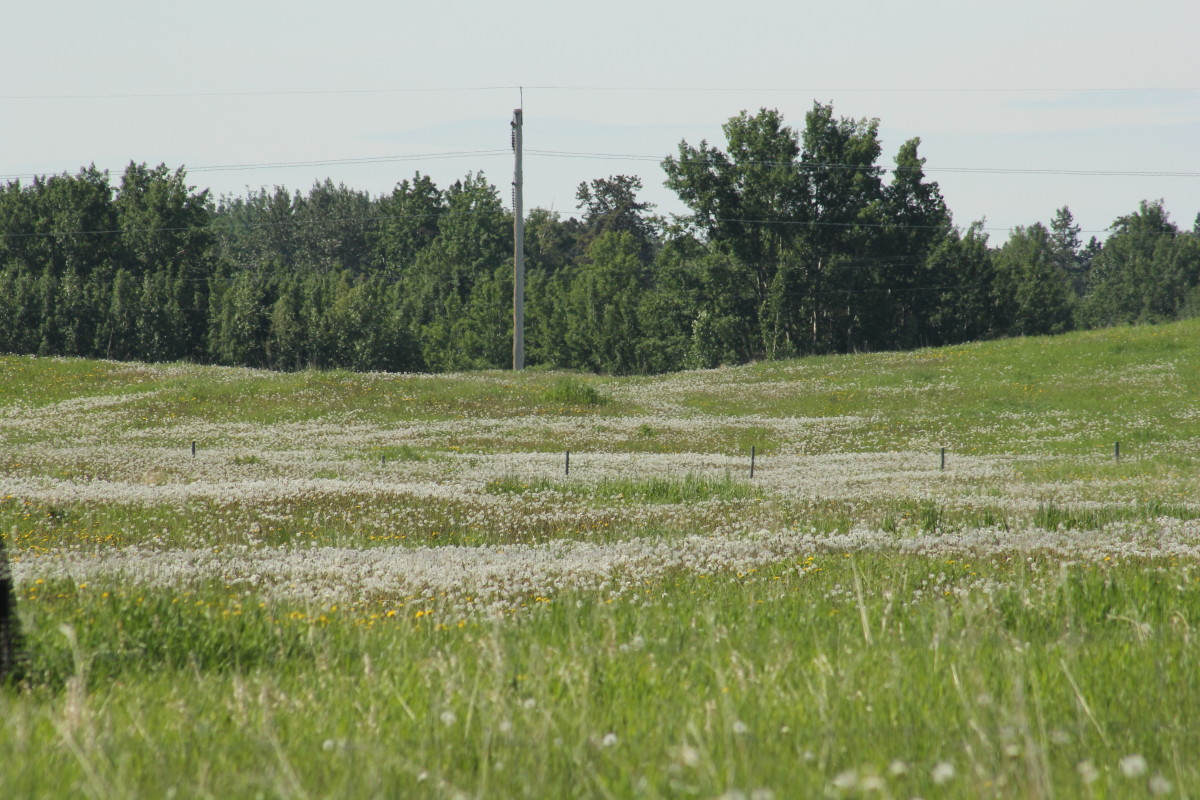

Landscaping Ideas
How Does Grass Grow Naturally
Published: January 30, 2024
Discover the secrets of natural grass growth and get expert landscaping ideas to enhance your outdoor space. Learn how to create a lush, vibrant lawn organically.
(Many of the links in this article redirect to a specific reviewed product. Your purchase of these products through affiliate links helps to generate commission for Storables.com, at no extra cost. Learn more)
Introduction
Grass, the lush green carpet that adorns landscapes, plays a vital role in the natural ecosystem. Its growth and vitality contribute to the overall health and beauty of outdoor spaces, making it a subject of fascination and admiration for many. Understanding the natural processes that govern the growth of grass is essential for anyone seeking to cultivate a thriving and vibrant lawn or meadow.
In this comprehensive guide, we will delve into the intricate mechanisms that drive the natural growth of grass. From the influence of environmental factors to the role of essential elements such as sunlight, water, and soil quality, we will explore the fascinating interplay that shapes the verdant tapestry of grassy landscapes. Additionally, we will uncover natural methods that can be employed to promote and sustain the growth of grass, fostering a flourishing and resilient expanse of greenery.
Join us on this enlightening journey as we unravel the secrets of how grass grows naturally, gaining insights that will empower you to nurture and celebrate the beauty of this ubiquitous yet extraordinary plant.
Key Takeaways:
- Grass needs sunlight, water, and good soil to grow. Sunlight helps grass make food, water gives it nutrients, and soil provides a home for its roots. By understanding these needs, we can help grass grow strong and healthy.
- Taking care of grass is like taking care of a friend. We need to mow it at the right height, give it good food (organic fertilizer), and make sure it gets enough water. By being a good friend to grass, we can create beautiful and resilient landscapes.
Read more: How Does Grass Grow
Factors Affecting Natural Grass Growth
The growth of grass is influenced by a myriad of factors, each playing a crucial role in shaping the verdant tapestry of natural landscapes. Understanding these factors is essential for anyone seeking to foster healthy and vibrant grass growth. From environmental conditions to soil composition, the interplay of these elements determines the overall health and vitality of grassy expanses.
The Role of Sunlight in Grass Growth
Sunlight stands as a primary catalyst for the growth of grass. Through the process of photosynthesis, grass harnesses the energy of sunlight to produce sugars, which serve as the building blocks for its growth and development. Adequate exposure to sunlight is essential for the synthesis of chlorophyll, the green pigment that enables grass to convert light energy into chemical energy. Insufficient sunlight can impede this vital process, leading to stunted growth and diminished vibrancy in grassy areas.
Importance of Water for Grass Growth
Water is another indispensable factor in the natural growth of grass. It serves as the medium through which essential nutrients are transported from the soil to the grass roots. Adequate moisture is crucial for the germination of grass seeds and the establishment of robust root systems. Insufficient water can hinder the growth of grass, leading to wilting, browning, and eventual dormancy. Conversely, excessive water can suffocate grass roots, causing waterlogged conditions that impede growth and invite disease.
Soil Quality and Grass Growth
The quality of the soil profoundly impacts the growth and vitality of grass. Well-aerated soil with a balanced composition of organic matter, minerals, and microorganisms provides an optimal environment for grass roots to thrive. Soil compaction, poor drainage, and nutrient deficiencies can hinder grass growth, leading to sparse and lackluster turf. Understanding and addressing soil quality is paramount in fostering robust and resilient grass growth.
By comprehending and addressing these factors, individuals can cultivate thriving and resilient grassy landscapes, enriching outdoor spaces with the timeless allure of natural greenery.
Read more: How Does Sea Grass Grow
The Role of Sunlight in Grass Growth
Sunlight stands as a primary catalyst for the growth of grass. Through the process of photosynthesis, grass harnesses the energy of sunlight to produce sugars, which serve as the building blocks for its growth and development. This remarkable process begins with the absorption of sunlight by chlorophyll, the green pigment found in the chloroplasts of grass cells. As sunlight is captured, it energizes the chlorophyll molecules, initiating a complex series of chemical reactions that culminate in the synthesis of sugars from carbon dioxide and water.
The sugars produced through photosynthesis serve as the primary source of energy for the grass, fueling its metabolic processes and supporting its growth. Additionally, these sugars are utilized in the production of cellulose, the structural component that forms the cell walls of grass cells. This, in turn, contributes to the overall strength and resilience of the grass blades, enabling them to withstand environmental stressors and maintain their structural integrity.
Adequate exposure to sunlight is essential for the synthesis of chlorophyll, as it directly influences the rate and efficiency of photosynthesis. Insufficient sunlight can impede this vital process, leading to stunted growth and diminished vibrancy in grassy areas. Inadequate sunlight exposure may result from factors such as shading from buildings or trees, overhanging structures, or even seasonal variations in sunlight intensity. Understanding the patterns of sunlight exposure in a given area is crucial for optimizing grass growth and ensuring the lush vitality of outdoor spaces.
Moreover, the quality of sunlight, including its intensity and duration, plays a significant role in shaping the growth patterns of grass. Different species of grass exhibit varying degrees of tolerance to sunlight, with some thriving in full sun while others prefer partial shade. By considering the specific sunlight requirements of different grass varieties, individuals can strategically plan and cultivate diverse grassy landscapes that harmonize with the natural light conditions of their surroundings.
In essence, sunlight serves as the lifeblood of grass, fueling its growth, vitality, and resilience. By embracing the profound influence of sunlight on grass growth, individuals can cultivate thriving and vibrant landscapes that celebrate the timeless beauty of natural greenery.
Importance of Water for Grass Growth
Water is an indispensable element in the natural growth and sustenance of grass. It plays a pivotal role in facilitating essential physiological processes that are vital for the health and vitality of grassy landscapes. From seed germination to the development of robust root systems and the maintenance of lush greenery, water stands as a fundamental requirement for the flourishing growth of grass.
The significance of water in grass growth becomes evident right from the initial stages of seed germination. Adequate moisture is essential to trigger the germination process, enabling the seeds to sprout and establish roots in the soil. Without a sufficient water supply, the germination of grass seeds can be impeded, leading to delayed or uneven growth patterns. Once the seeds have germinated, water continues to play a critical role in nurturing the young seedlings, providing the hydration necessary for their initial growth and development.
Furthermore, water serves as the medium through which vital nutrients are transported from the soil to the grass roots. This process, facilitated by the intricate network of root hairs, enables the grass to access essential minerals and compounds necessary for its metabolic functions and structural integrity. Without an adequate water supply, the uptake of nutrients can be compromised, leading to deficiencies that hinder the growth and overall health of the grass.
In addition to supporting the physiological processes of grass, water plays a crucial role in regulating temperature and mitigating environmental stress. During periods of high temperatures or drought, adequate soil moisture helps to cool the grass roots and maintain their metabolic activity, reducing the risk of heat stress and dehydration. Conversely, in colder conditions, water in the soil acts as an insulator, protecting the grass roots from freezing temperatures and minimizing the risk of cold-induced damage.
However, it is essential to strike a balance in water management, as excessive water can also pose challenges to grass growth. Overwatering can lead to waterlogged soil conditions, which impede the exchange of gases in the root zone and create an environment conducive to root diseases. Moreover, prolonged waterlogging can suffocate the grass roots, leading to oxygen deprivation and subsequent decline in growth and vigor.
By understanding the pivotal role of water in grass growth and adopting mindful irrigation practices, individuals can nurture thriving and resilient grassy landscapes. Through the strategic management of water resources, they can ensure the sustained vitality and lush beauty of natural greenery, enriching outdoor spaces with the timeless allure of flourishing grass.
Soil Quality and Grass Growth
The quality of the soil profoundly influences the growth and vitality of grass, serving as a foundational determinant of the overall health and resilience of grassy landscapes. A well-aerated and nutrient-rich soil provides an optimal environment for the development of robust grass roots, enabling them to access essential resources and thrive in diverse environmental conditions.
One of the key factors in soil quality is its composition of organic matter, minerals, and microorganisms. Organic matter, derived from decomposed plant and animal materials, contributes to the fertility and structure of the soil. It enhances its water retention capacity, promotes aeration, and provides a source of essential nutrients for grass growth. Moreover, the presence of beneficial microorganisms, such as mycorrhizal fungi and nitrogen-fixing bacteria, fosters symbiotic relationships with grass roots, facilitating nutrient uptake and enhancing the overall resilience of the grass.
Furthermore, the mineral composition of the soil, including essential elements such as nitrogen, phosphorus, and potassium, plays a critical role in supporting the metabolic functions and growth of grass. These macronutrients are vital for processes such as photosynthesis, energy transfer, and root development, influencing the overall vigor and vibrancy of the grass. Additionally, micronutrients such as iron, manganese, and zinc contribute to specific physiological functions within the grass, ensuring its optimal health and vitality.
Soil compaction and drainage are also significant aspects of soil quality that directly impact grass growth. Compacted soil restricts the movement of air, water, and nutrients within the root zone, impeding the development of healthy root systems and hindering the overall growth of the grass. Adequate soil aeration, achieved through practices such as core aeration, helps alleviate compaction and create a conducive environment for robust root development. Similarly, proper drainage is essential to prevent waterlogging, which can suffocate grass roots and lead to detrimental conditions that impede growth.
By comprehensively addressing soil quality, individuals can foster thriving and resilient grassy landscapes, enriching outdoor spaces with the timeless allure of natural greenery. Through mindful soil management practices and strategic amendments, they can create an optimal foundation for the growth of lush and vibrant grass, celebrating the enduring beauty of natural landscapes.
Natural Methods for Promoting Grass Growth
In the pursuit of fostering robust and vibrant grass growth, embracing natural methods can yield sustainable and enduring results. From mindful lawn care practices to the strategic selection of grass varieties, these approaches harmonize with the inherent processes of nature, nurturing the vitality and resilience of grassy landscapes.
Read more: When Does Grass Grow
1. Proper Mowing Techniques
Maintaining an optimal mowing height is essential for promoting healthy grass growth. By adhering to the recommended mowing heights for specific grass species, individuals can encourage the development of strong root systems and lush foliage. Additionally, utilizing sharp mower blades prevents the tearing of grass blades, promoting clean and efficient cuts that minimize stress on the grass.
2. Aerating the Soil
Core aeration serves as a natural method to alleviate soil compaction and enhance the exchange of air, water, and nutrients within the root zone. By creating channels in the soil, aeration facilitates improved root development and nutrient uptake, fostering the overall vigor and resilience of the grass.
3. Overseeding and Reseeding
Introducing new grass seed to existing lawns through overseeding or reseeding helps replenish thin or damaged areas, promoting denser and more resilient turf. Selecting high-quality grass seed that is well-suited to the local climate and soil conditions enhances the establishment of robust grass growth.
4. Organic Fertilization
Utilizing organic fertilizers, such as compost or natural soil amendments, provides a sustainable approach to nourishing the soil and supporting the growth of healthy grass. Organic fertilizers enrich the soil with essential nutrients, improve its structure, and foster a balanced and resilient ecosystem for thriving grass growth.
Read more: How Tall Does Zebra Grass Grow
5. Water Management
Implementing efficient irrigation practices, such as deep and infrequent watering, encourages the development of deep root systems and reduces the risk of shallow root growth. By aligning watering schedules with the specific needs of the grass and the natural patterns of precipitation, individuals can optimize water usage and promote sustainable grass growth.
6. Selecting Native or Adapted Grass Species
Choosing grass varieties that are native to the region or well-adapted to the local climate and soil conditions enhances their resilience and reduces the need for intensive maintenance. Native grasses are naturally suited to the environmental factors of their native habitats, exhibiting greater tolerance to fluctuations in temperature, precipitation, and soil composition.
By embracing these natural methods for promoting grass growth, individuals can cultivate thriving and resilient landscapes that celebrate the enduring beauty of natural greenery. These approaches not only foster the vitality of grassy expanses but also contribute to the sustainability and harmony of outdoor environments, enriching outdoor spaces with the timeless allure of flourishing grass.
Conclusion
In conclusion, the natural growth of grass is a captivating interplay of environmental factors, essential elements, and mindful practices that collectively shape the verdant beauty of outdoor landscapes. From the profound influence of sunlight on photosynthesis to the indispensable role of water in sustaining grass vitality, each aspect contributes to the enduring allure of natural greenery.
By understanding the pivotal role of sunlight, individuals can strategically optimize the exposure of grass to this vital element, fostering vibrant growth and lush foliage. Moreover, the significance of water in nurturing healthy grass roots and supporting essential physiological processes underscores the importance of mindful irrigation practices and water management.
Furthermore, the quality of the soil emerges as a cornerstone of grass growth, providing the foundation for robust root development and nutrient uptake. By addressing soil compaction, enhancing soil structure, and fostering a balanced ecosystem, individuals can create an optimal environment for the flourishing growth of resilient grassy landscapes.
Embracing natural methods for promoting grass growth offers a sustainable and harmonious approach to nurturing vibrant greenery. From proper mowing techniques to organic fertilization and the selection of native grass species, these practices align with the inherent processes of nature, enriching outdoor spaces with enduring beauty and vitality.
In essence, the natural growth of grass transcends mere botanical processes, embodying the timeless allure of natural landscapes. By cultivating an understanding of the intricate mechanisms that govern grass growth and embracing mindful practices that harmonize with nature, individuals can foster thriving and resilient grassy expanses, enriching outdoor environments with the enduring beauty of flourishing greenery.
Frequently Asked Questions about How Does Grass Grow Naturally
Was this page helpful?
At Storables.com, we guarantee accurate and reliable information. Our content, validated by Expert Board Contributors, is crafted following stringent Editorial Policies. We're committed to providing you with well-researched, expert-backed insights for all your informational needs.
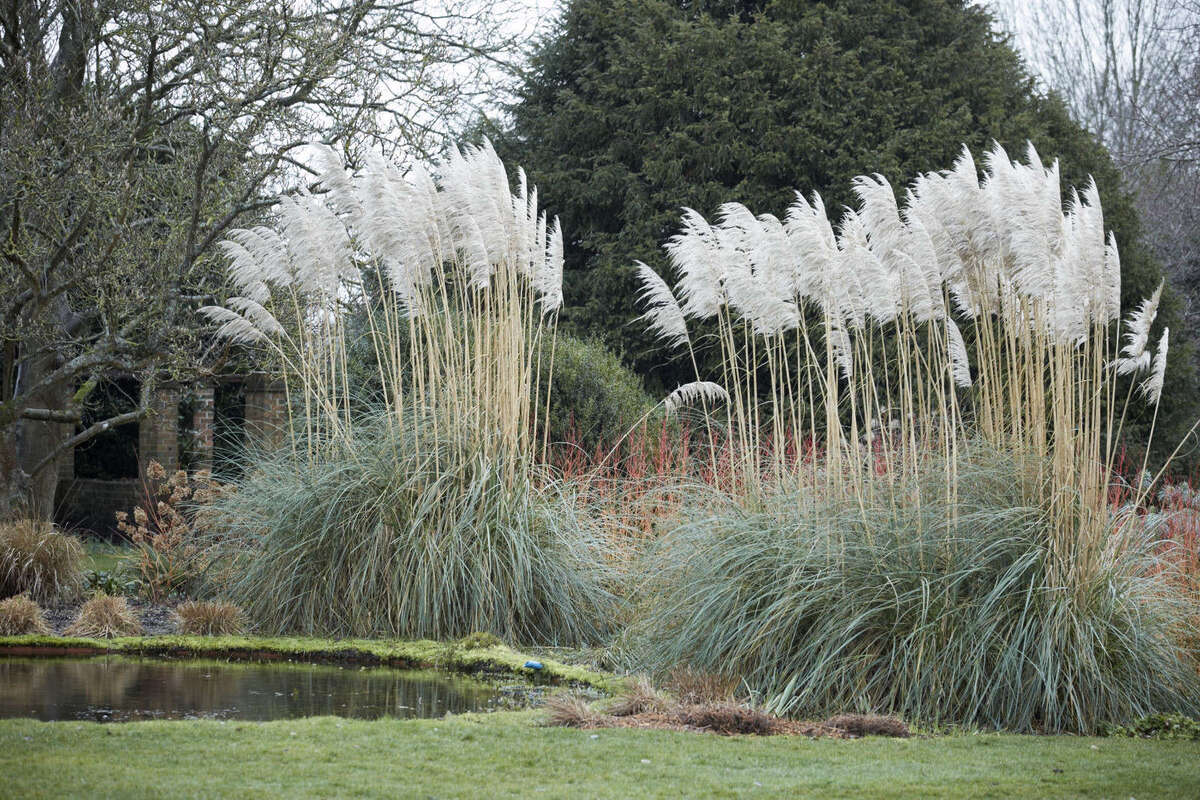
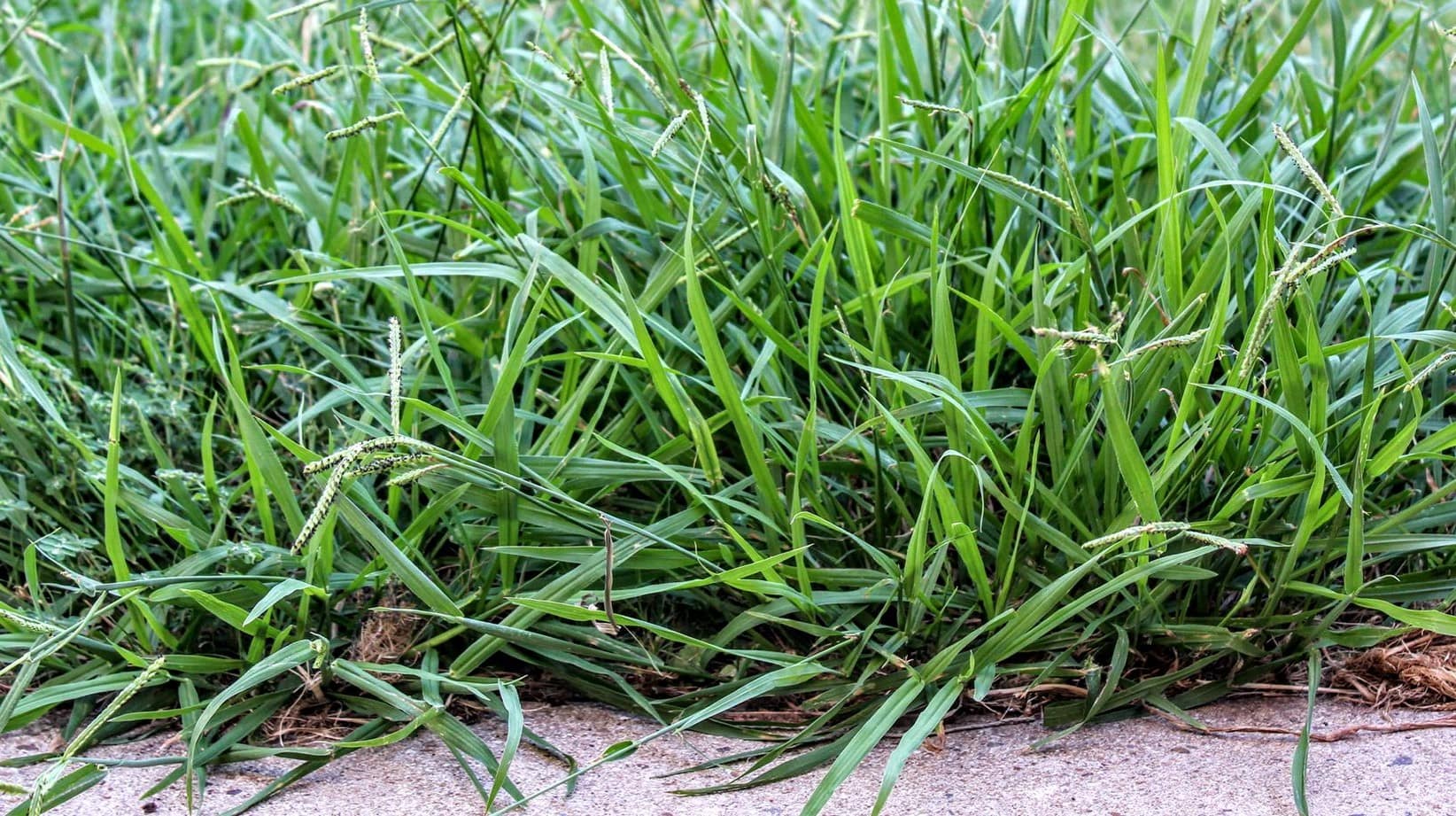
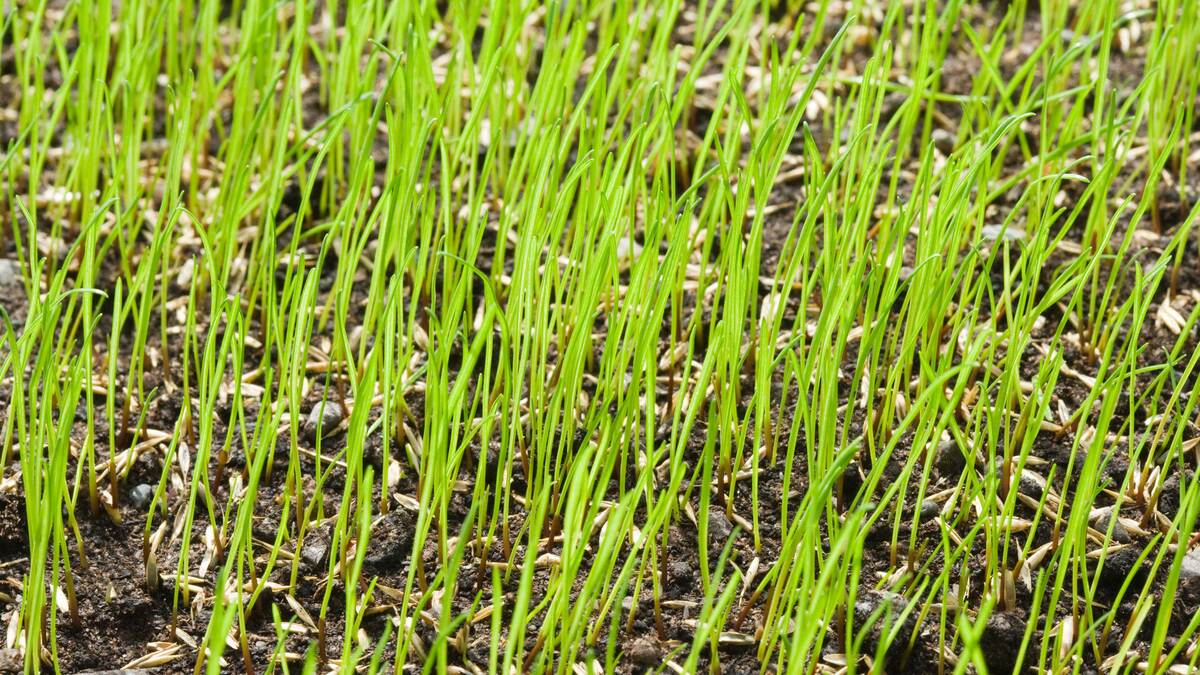
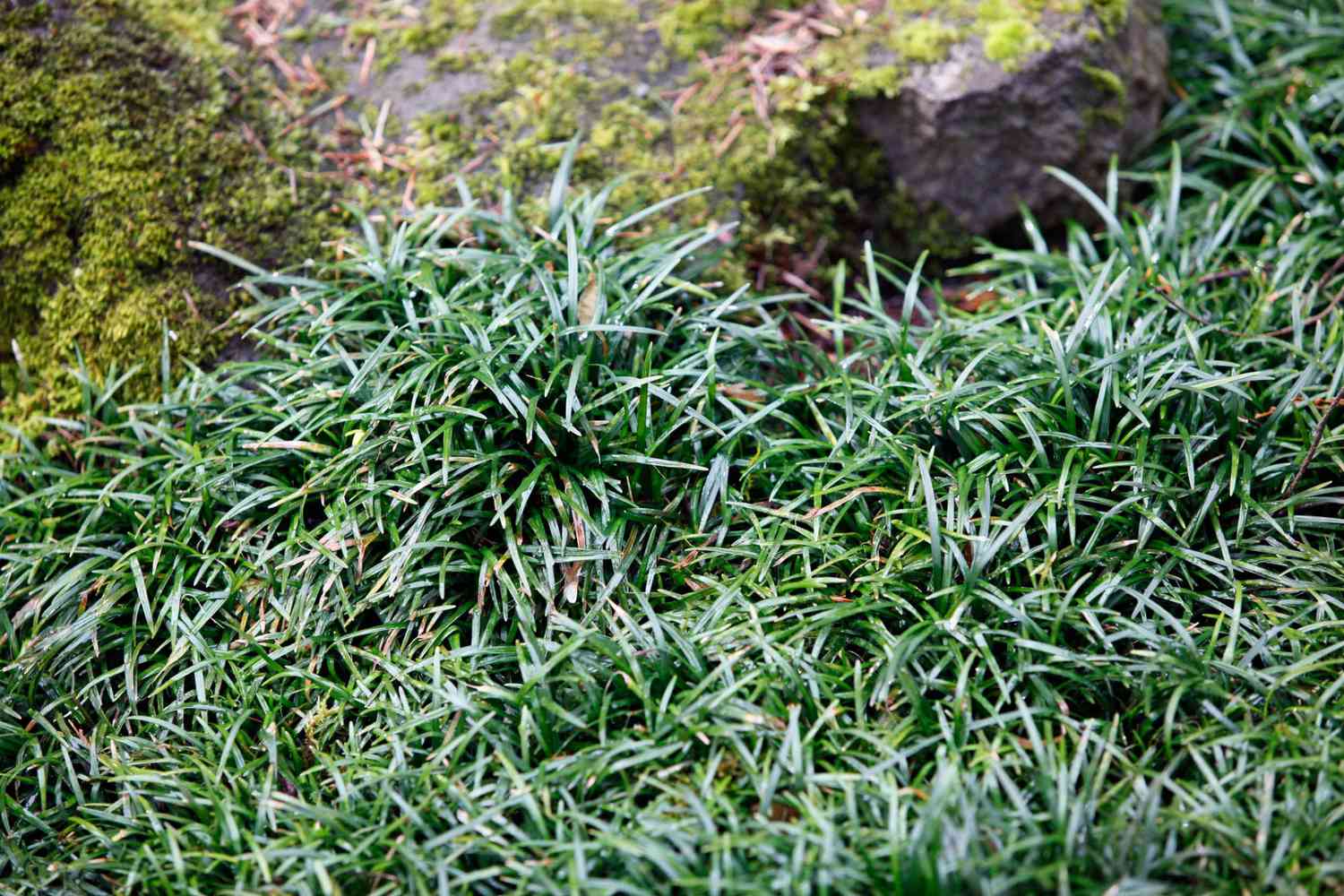
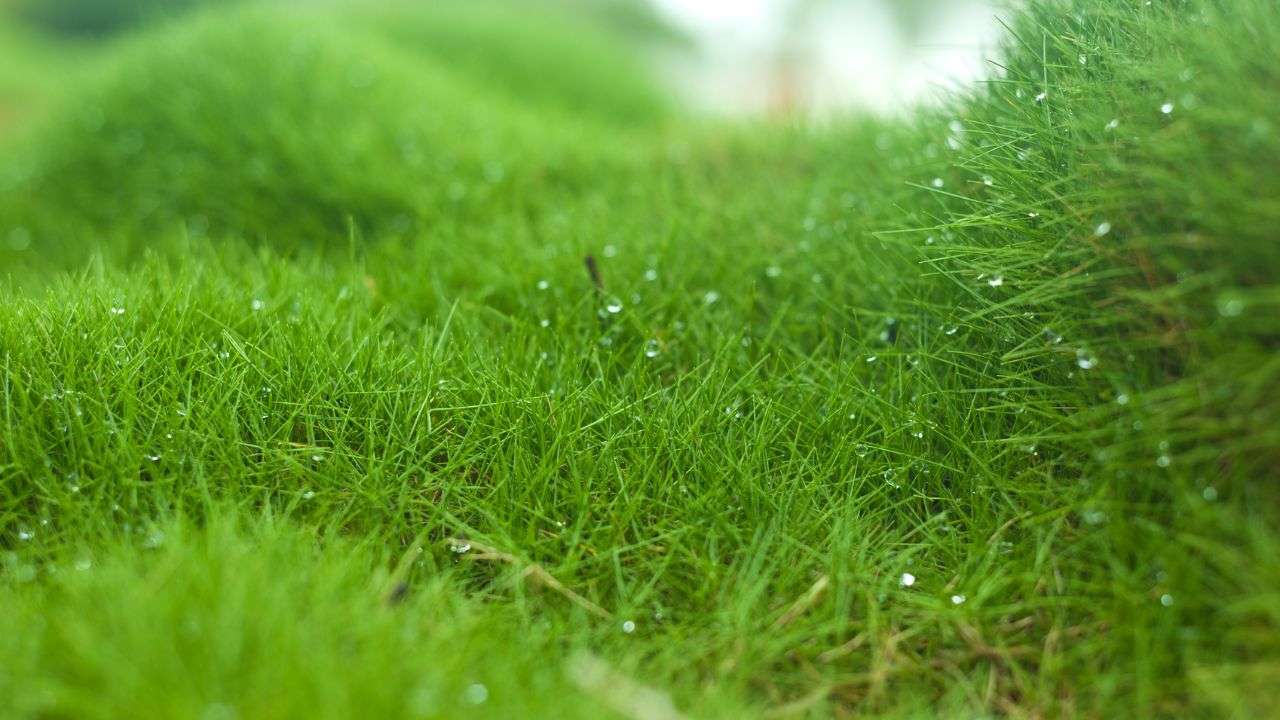
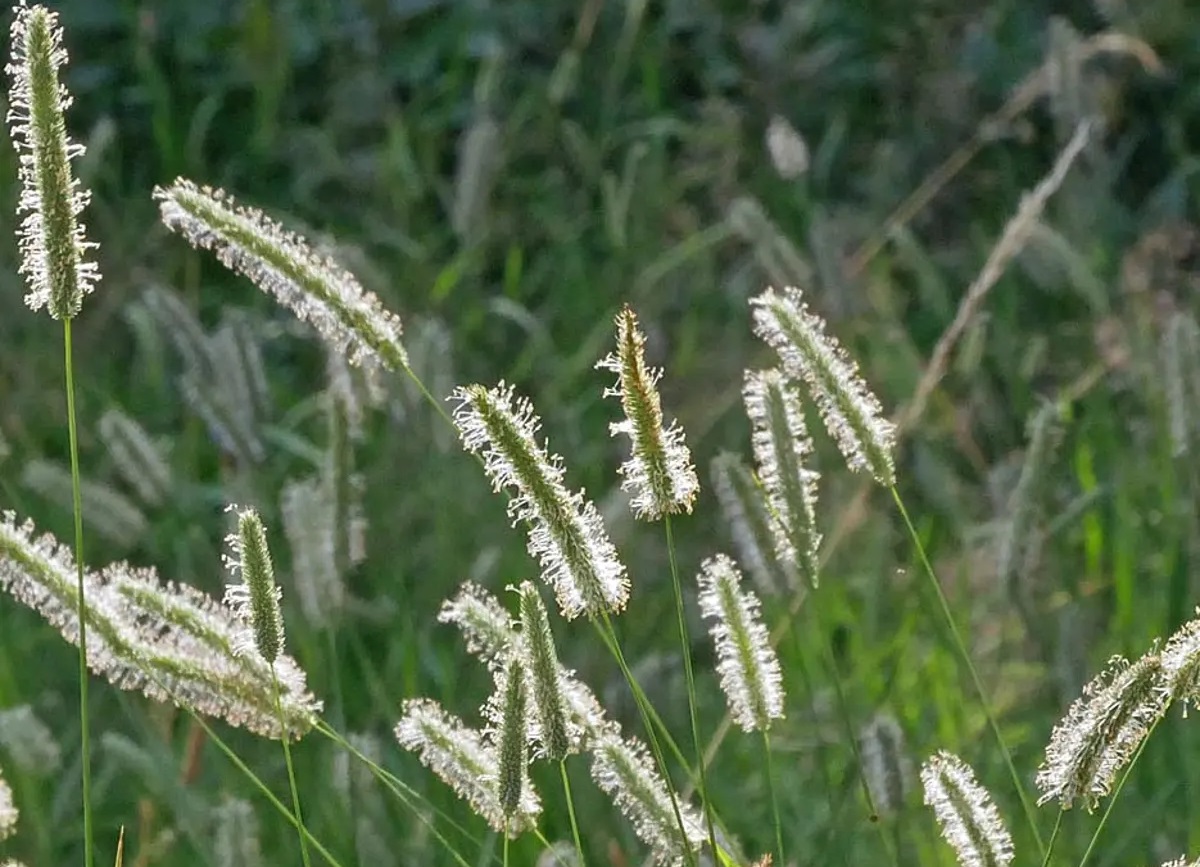
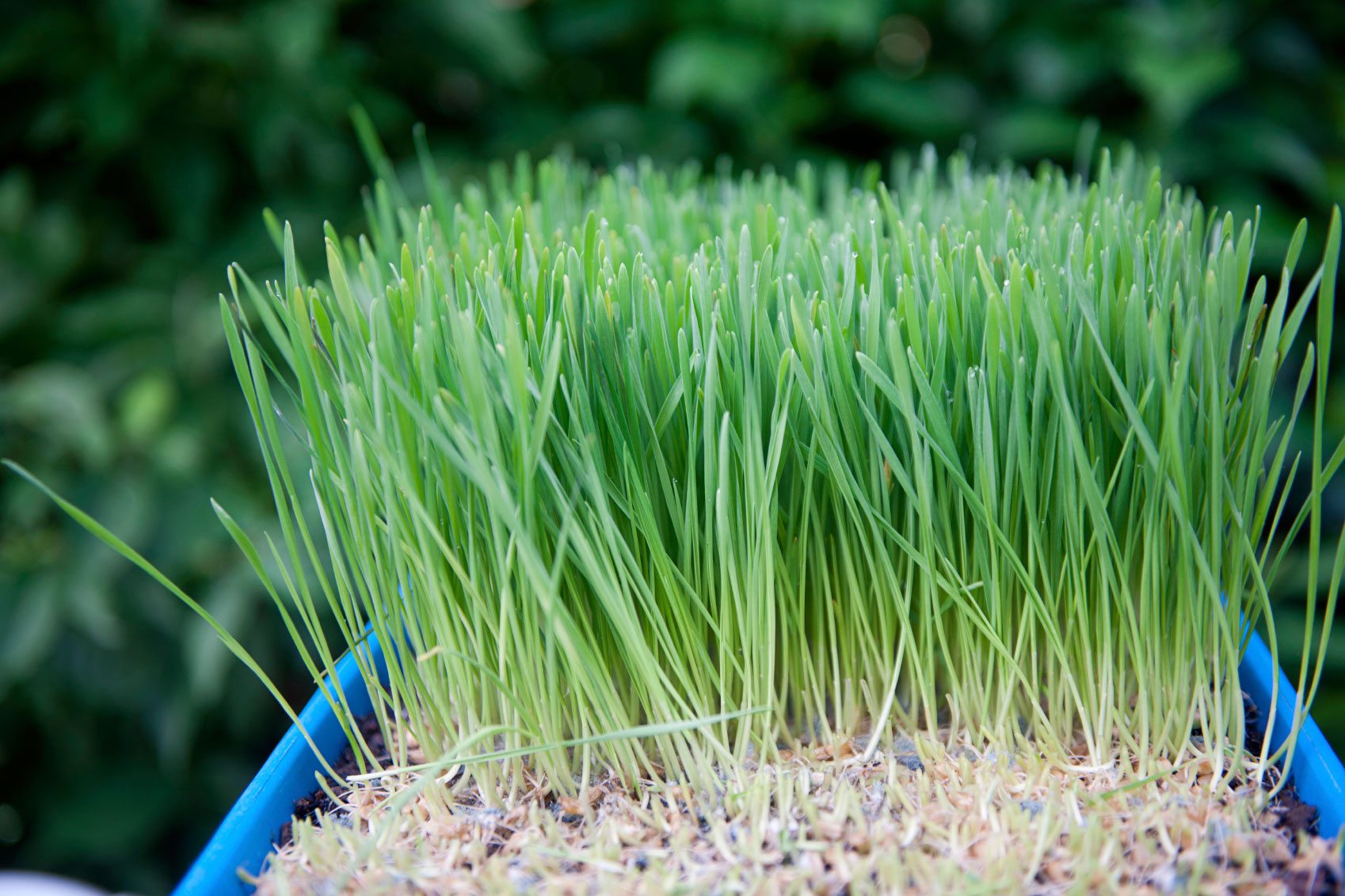
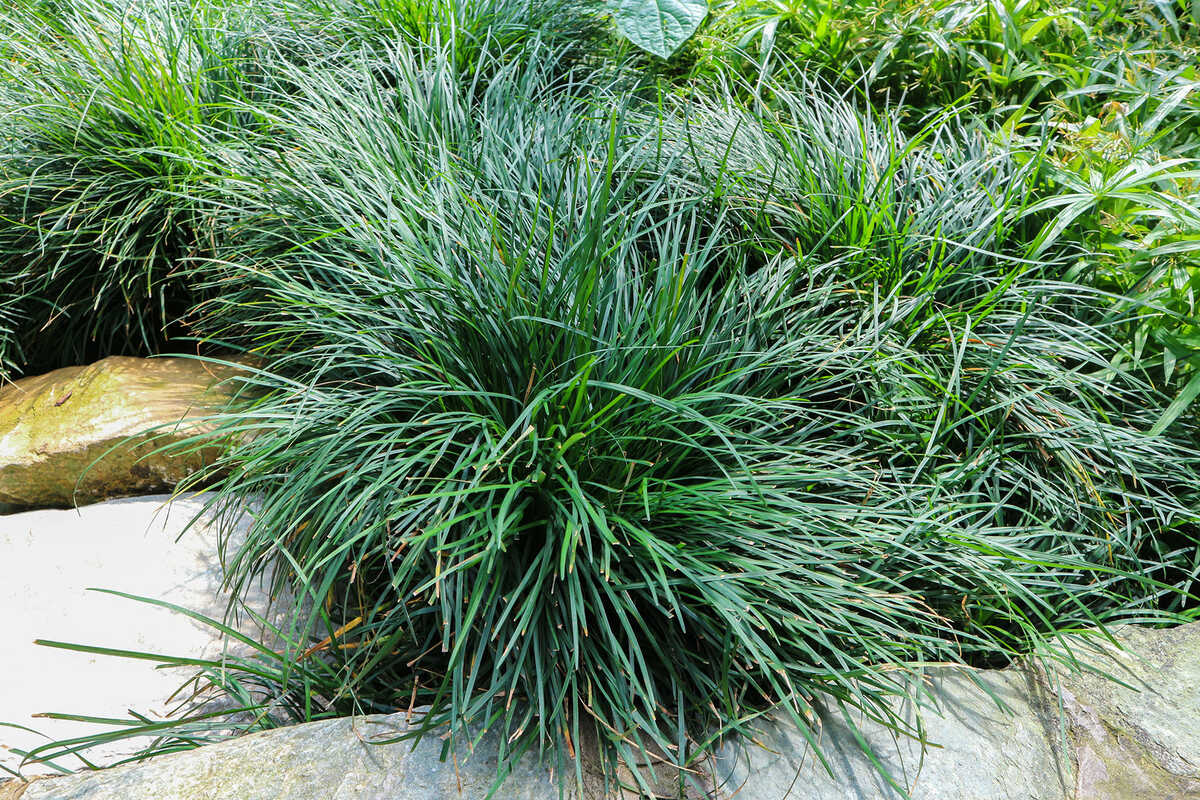
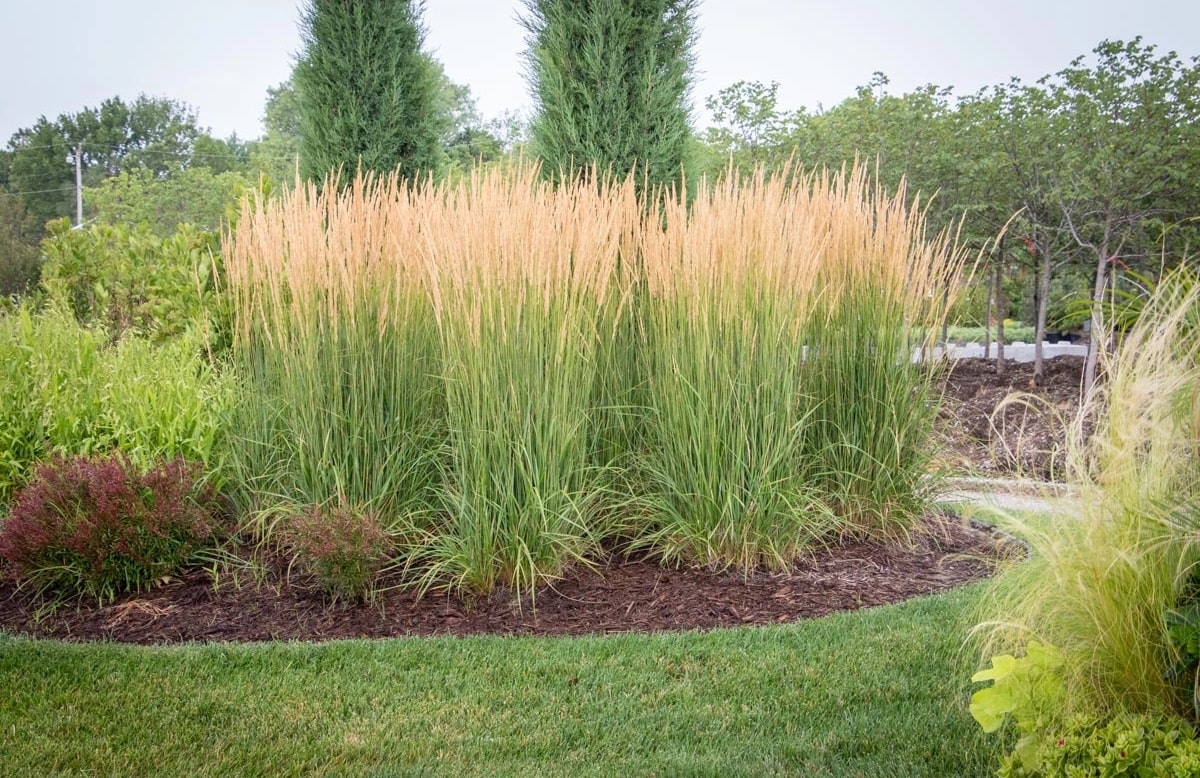




0 thoughts on “How Does Grass Grow Naturally”